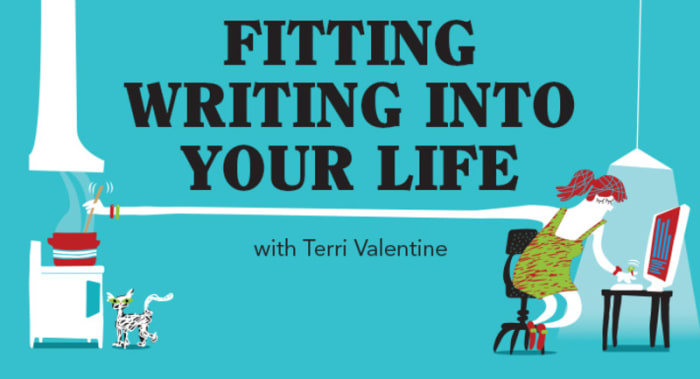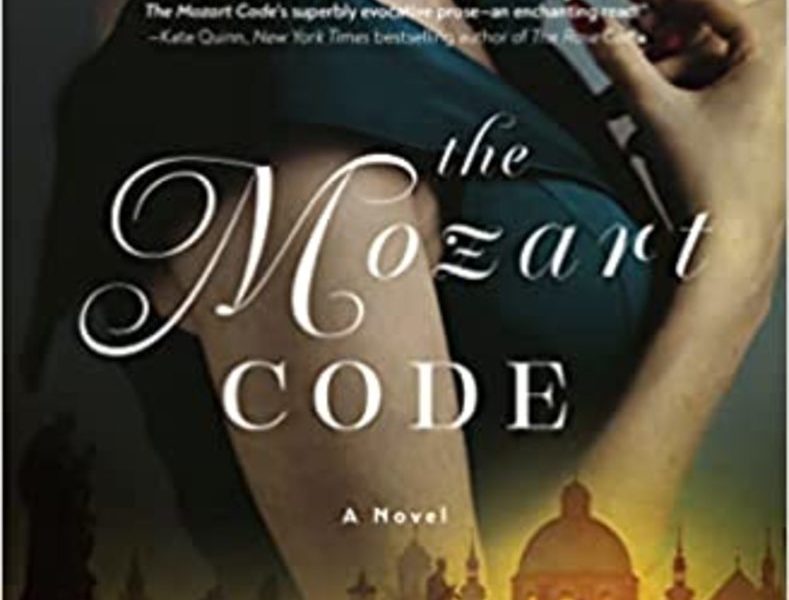The Rise of Closed-Door Romance
It’s almost ironic to talk about Closed-Door Romance on the heels of the second season drop of Netflix’s widely popular Bridgerton. In book and film form, Julia Quinn’s blockbuster series espouses romance for both the mental and physical senses. Heavy on the physical, if one engages between the pages of her familial threaded story and more viscerally pronounced on screen in moments of heightened passion.
(3 Tips on How to Spark Romance in a Character Who Is Content With Being Single)
Indeed, from the earliest iterations of romance from its peek-a-boo French Flaps highlighting a couple embracing to the shirtless years of Fabio.
Now, with the popularity of more subdued, font-heavy and illustrated covers, there is room to diverge from some of the long-held expectations of the genre. To add, writers should be encouraged by the wide readership with varying tastes and experiences as the romance community continues to broaden its reach and readership and, in doing so, proves closed-door romance need not only be found in Amish or Inspirational Fiction.
Think about how the landscape of the sullen moors becomes a stand-in for passion in Wuthering Heights. Or how in Emily of New Moon, Emily’s rescue by Dean Priest (a much older would-be suitor) when she reaches too far for a flower on a cliff receives a postlude of physical language. She feels all shaky and trembly, to paraphrase.
In Charlotte Bronte’s Villette, enthusiasts (such as yours truly) are conscious of the way Paul Emanuel places a blanket over the heroine, Lucy, when she accidentally falls asleep in a courtyard. Or (and there is a lot of subtext here), when he rummages through her desk leaving the scent of his cigar smoke behind.
Indeed, in various incarnations of Pride and Prejudice on screen we have everything from a very memorable wet shirt to a hand-flex-turned-gif the romance world over.
Writers can feel encouraged by the desire for a broadening taste. Into this space, I argue, they can choose how far they want to go in terms of on-page sensuality. Expectations are changing as well as the boundaries previously prescribed as the genre strides toward many levels of inclusivity.
Bestselling writers like Mimi Matthews, for example, so impress readers with their “fade to black” romances, reviews gush about a “sleeve touch.” A simple gesture, in Matthews’ prose evokes the same level of intense emotion as a more explicitly described bedroom scene.
Then, of course, there is the leviathan of Hallmark: in both print publishing and on television screens with ratings rivalling any blockbuster. Here, the viewer or reader expects a sequence of almost-kisses and is fortunate if one or two make it on page or screen, usually in the final moments before the credits roll or the last page is turned. Yet, with each year, Hallmark expands its publishing program and its themed films with quantifiable evidence that audiences are enraptured and engaged, even without onscreen or page sensuality.
IndieBound | Bookshop | Amazon
[WD uses affiliate links.]
Teri Wilson, as one example, is a bestselling author of romances for the Hallmark publishing line with several having been adapted to film. Wilson’s readers experience romance–sometimes with a royal or even magical slant (a charm bracelet, as one example), or as an Austenesque hero and intrepid heroine clash over a dog show in Unleashing Mr. Darcy.
There are readers to color in every line of the romance spectrum, and as we move onward, hopefully embracing needed conversations around diversity, inclusiveness, and reputation, we will afford space for every reader deserving of the experience of a happily ever after.
Thus, the conversation of closed-door romance is as integral to discourse about the genre as the needed boundaries being pushed in all manner of diversity and gendered norms. If, traditionally, romance was viewed as an outlet for the female gaze and a place for feminine agency and fulfilment, then the new and subversive arenas in which romance is pushing the boundaries of its own genre allow for a variety of reading experiences. Ideally, authors need only find their corner and write to their experience, comfort, and desire.
So what can authors do? For one, read as widely in the romance genre as possible and recognize a vast majority of books (especially in the historical fiction zeitgeist) include a romantic thread. Then advocate for your own writing experience by proving excellence in your words. Yes, words. You are the conductor behind the setting and exposition of your romance.
Next, leave your judgment at the door as you engage in a variety of romantic variations, while recognizing the general rules of thumb (they apply even to fade-to-black sequences) and include: no imbalance of power, a gesture or recognition of consent—be it through a nod or an eye lock.
It would be too easy to categorize romance in boundaries as bleak as Fifty Shades of Grey on one spectrum and When Calls the Heart (that popular Hallmark series about a schoolteacher and Mountie plucked from Janette Oke’s bestselling Canadian West series). If book sales and trajectories prove romance—and closed-door romance—is rising, then why not embrace it as merely one more link in a growing and complex chain? After all, the heat dial is yours.
Don’t sacrifice passion, rather use emotional connection. Don’t commit to description or detail if you can evoke the semblance of a scene with a few stopped sentences … a shared breath … a lingering moment or well-turned phrase. Convince readers they have experienced an open-door scene by leaving them all the clues to allow their imaginations to color inside the lines.
In The Mozart Code, my marriage of convenience couple Sophie and Simon have been a lit fuse for years. They’ve danced, they’ve kissed (staged for a Soviet agent in occupied Vienna, in one instance), and they’ve shared a cigarette under a halo of smoke in nod to Bette Davis and Paul Henreid in Now, Voyager (another closed-door romance, though the smoking scenes are a masterclass in palpable tension).
I argue while writing overtly sensual scenes requires a unique skill that marries emotional attachment and character development amidst a complicated waltz of movement and experience, closed-door romance is an equal—albeit different—challenge. Banter is as evocative as a tango, what is lit in the mind’s eye in a swell of smoke and candlelight is as effective as a sequence leaving nothing to the imagination.
If you can use your pen as a camera, then surely you can focus and filter at whim and will to capture what you most hope will be conveyed in the frame. After all, the evolution of the romance genre (bolstered and highlighted by its mounting sales and many diverse and authentic stories) will rise and, within this space, readers will enjoy closed-door offerings.
Romance, in my estimation, has always been subversive and always established itself as a reflective art: slyly commenting and preserving the bends and twists of everyday life with a liberal flourish of happy ending. Writers should include and embrace closed-door romance in their discourse and discussions because it not only allots greater opportunities, challenges, and experiments of their own work; but provides them the possibilities, devastations, and ironies accumulating the human experience.
Romance has always allowed writers to color outside of the lines. And what, nowadays, is more shocking than a bedroom scene so resplendent in staging, subtext, and dialogue that it leaves the reader assuming they have witnessed something they haven’t.

Finding the time, energy, and motivation to get the writing done—day after day—stumps even the most seasoned writer on occasion. Life as a writer can be difficult to sustain, especially if you don’t have the direction, organization, and support you need. Get a glimpse into the life of a professional writer and set realistic writing goals for yourself with this online workshop. When you take this workshop, you’ll learn to manage your time effectively, create a writing platform, practice strategies for writing, and read The Productive Writer by Sage Cohen. Once you know how to fit writing into your daily life, it won’t feel like a chore. Instead, it will be enjoyable and invigorating.



